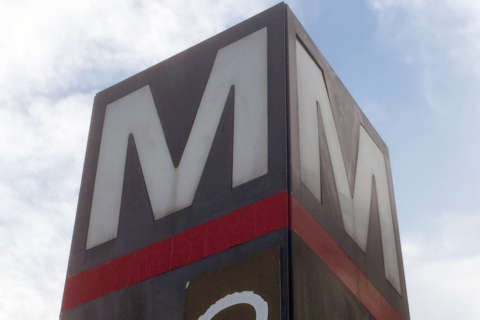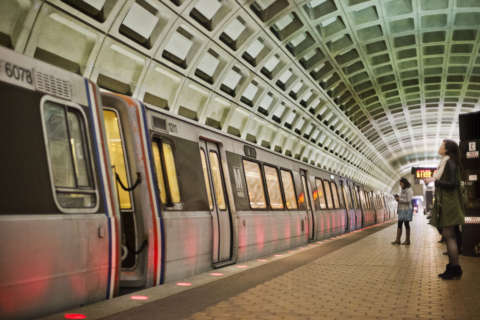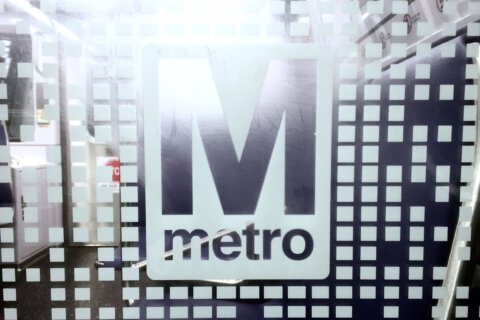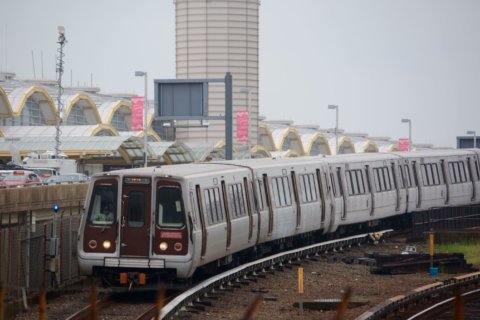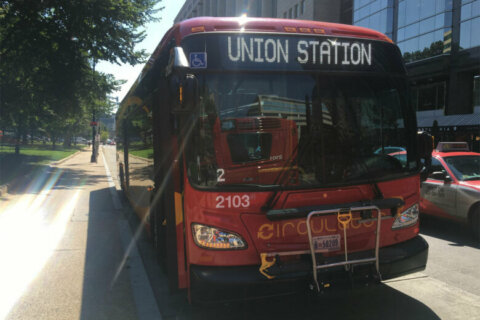WASHINGTON — One year after Metro’s first round of regular 24/7 track work ended, and weeks before the next major shutdown, there are signs Metro’s ridership decline has leveled off for now.
The latest overall data on Metro ridership this spring shows a relatively similar number of trips compared to the same time last year — even if ridership remains down from years before that.
It is possible that some rush-hour ridership is bouncing back even stronger in the middle of the week, which is counteracted by continued lighter ridership on Fridays as workers take the day off or telework.
In the first half of June, Metro had about 640,000 or more riders on weekdays, but Fridays saw 50,000 to 100,000 fewer trips than other weekdays.
Metro’s data does show some ridership spikes for the Capitals Stanley Cup win (about 771,000 trips that day with extended hours) and parade (about 843,000 trips) in the first half of June.
In Virginia, average weekday ridership increased 3 percent in May 2018 compared to May 2017, but remains down 4 percent from May 2016 according to data released by the Northern Virginia Transportation Commission.
Weekend ridership, when track work disruptions are more frequent, is down much more — 11 percent on Saturdays in Virginia and 9 percent on Sundays compared to 2016. Average Saturday ridership is relatively flat compared to last year, while Sunday ridership has declined. Metrobus ridership has declined both on weekdays and weekends.
That tracks data from previous months.
The use of Metro parking facilities in Virginia was essentially flat in May compared to last year, but remained down from 2016.
The lowest ridership days for the Metrorail system in the last 12 months were Christmas (about 49,000), New Year’s Day (about 83,000) and Thanksgiving (about 88,000).

